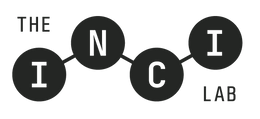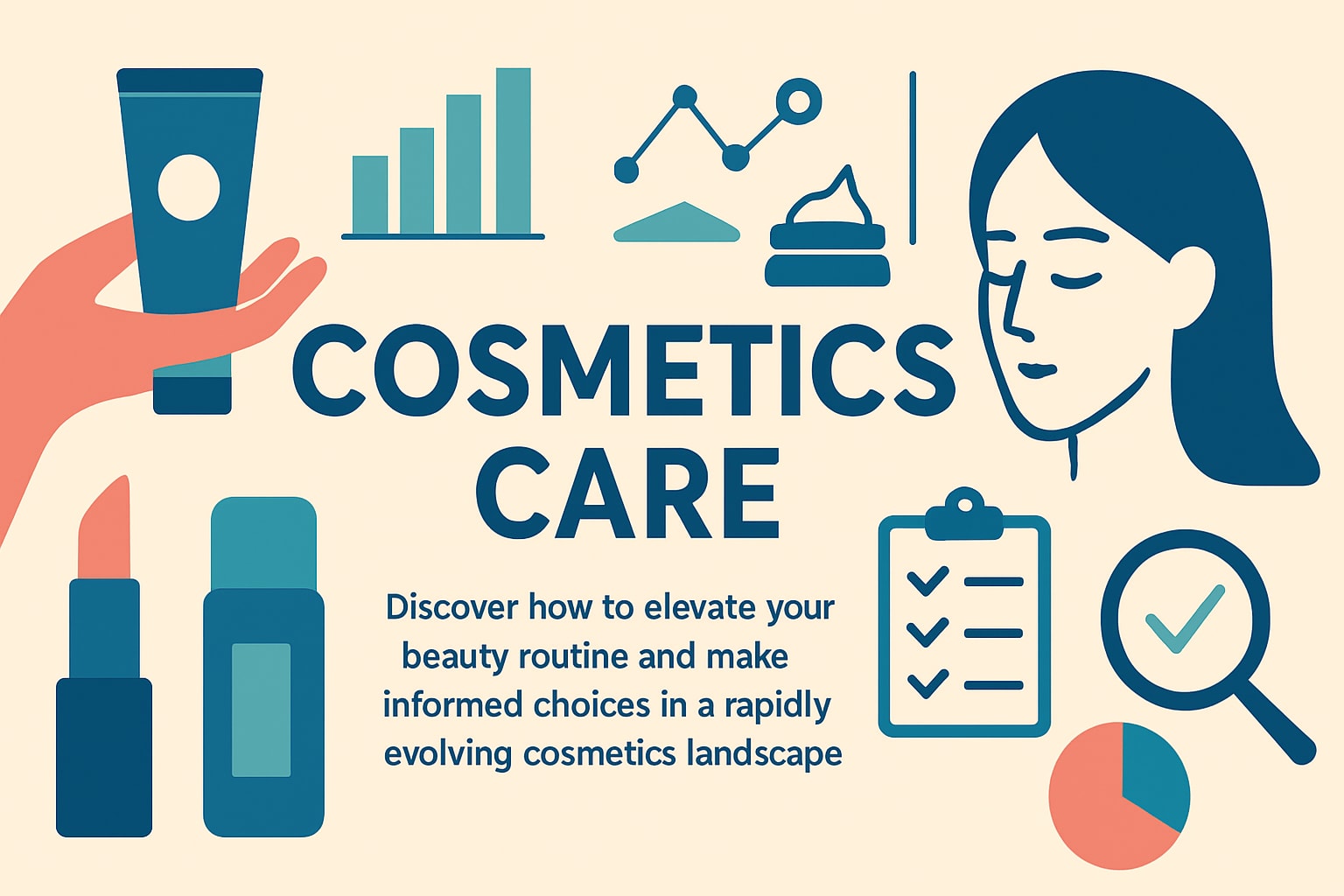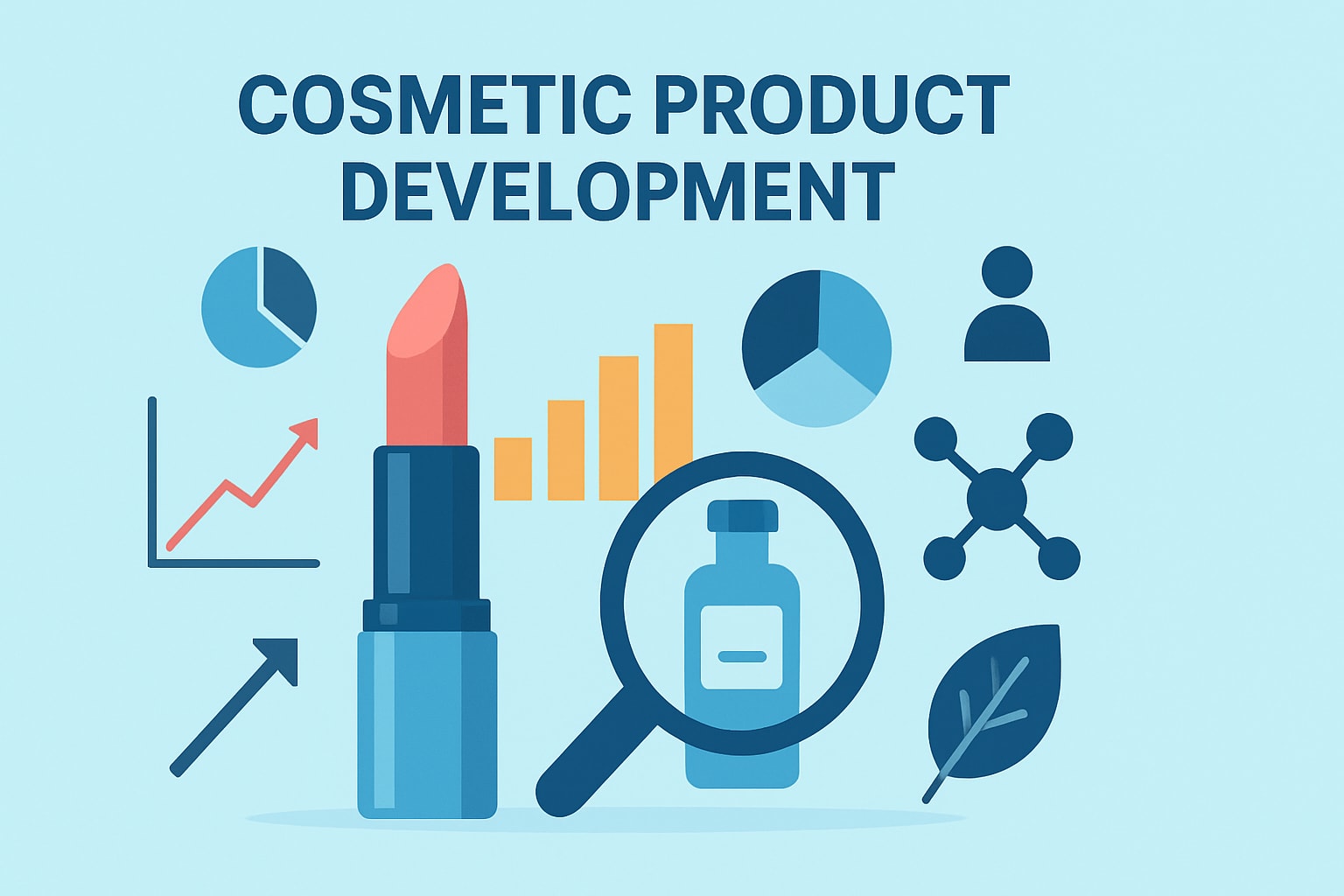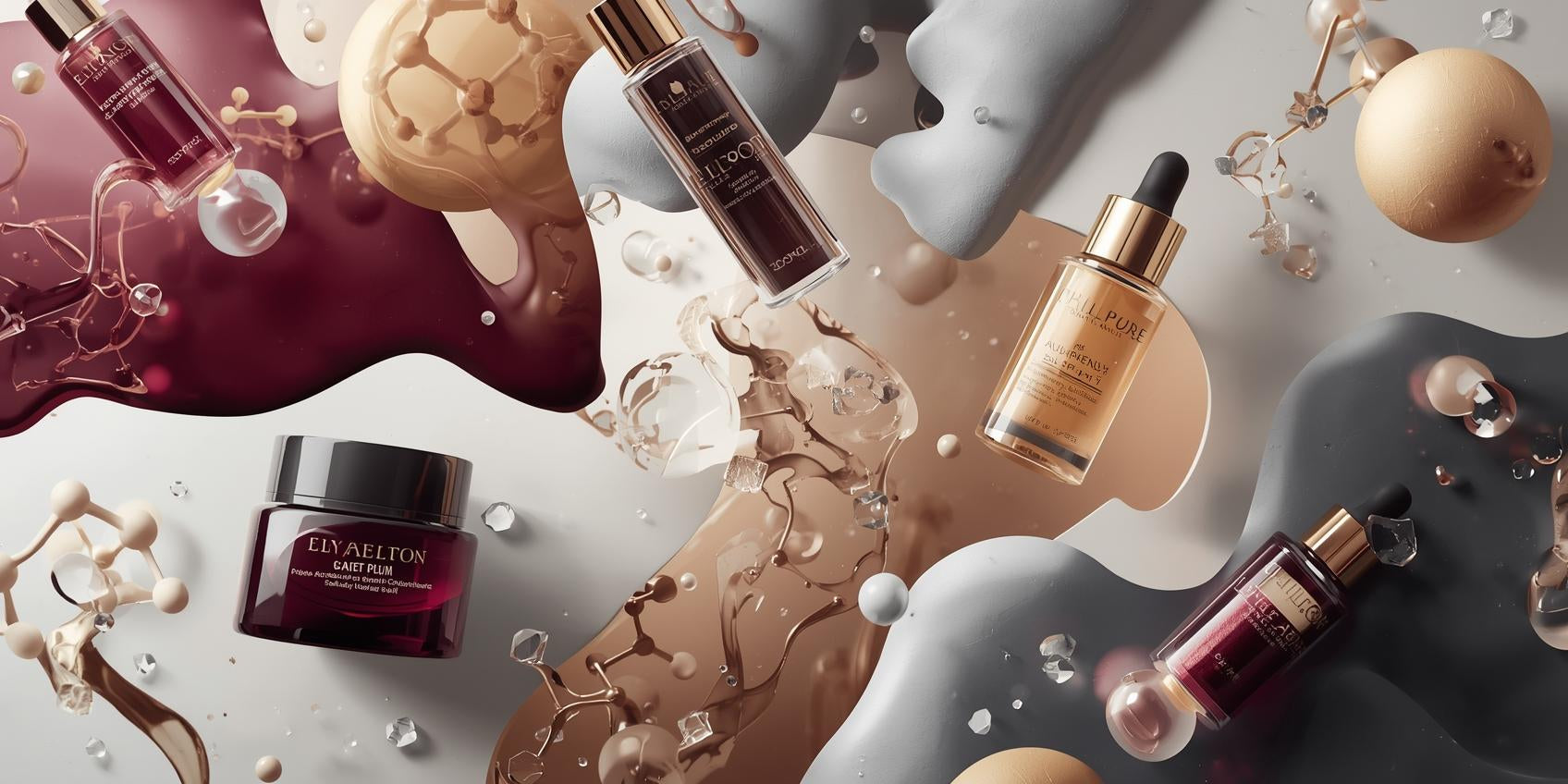Are you ready to future-proof your beauty routine? The beauty industry is evolving rapidly, and staying ahead means understanding how to build a cosmetic range that works for you in 2025.
This essential handbook will guide you through the changing world of cosmetics, giving you the tools to make informed decisions about products, ingredients, and trends.
Inside, you will discover the latest innovations, expert tips for building your ideal cosmetic range, ingredient spotlights, sustainability trends, and advice on choosing the right products.
Let this guide spark your curiosity, inspire smarter choices, and empower you to take control of your beauty journey for the year ahead.
The Evolving Landscape of Cosmetics in 2025
The cosmetic range landscape in 2025 is transforming rapidly, driven by shifting consumer expectations, technological breakthroughs, and evolving regulations. Brands and consumers alike are navigating a marketplace that prioritizes personalization, transparency, and innovation. Understanding these changes is crucial for anyone looking to curate a relevant and effective cosmetic range.

Shifting Consumer Preferences and Market Dynamics
Consumer preferences are setting the pace for the modern cosmetic range. The demand for personalized and inclusive beauty solutions is at an all-time high. Shoppers are seeking products that cater to unique skin types, tones, and identities, fueling the rise of gender-neutral and adaptive makeup lines.
Multifunctional and hybrid products are also gaining traction, blending skincare and makeup for efficient routines. The influence of Gen Z and Millennials is significant, as they push brands toward transparency and innovation. According to Statista (2024), 72% of consumers now prioritize ingredient transparency when selecting items for their cosmetic range.
For a comprehensive look at these shifts and how they impact your choices, the 2025 Cosmetics Trends Report provides valuable insights into what is shaping the market.
Technological Advancements Shaping the Industry
Technology is revolutionizing the cosmetic range experience in 2025. Artificial intelligence enables personalized skin analysis and tailored product recommendations, helping consumers find the best fit for their needs.
Smart packaging is enhancing product safety and user engagement through features like freshness indicators and QR codes. Augmented reality (AR) tools, such as real-time shade-matching apps, allow users to virtually try products before purchase. These advances are building greater trust and satisfaction, making the cosmetic range more interactive and data-driven.
Consumers now expect seamless integration of digital tools in their beauty routines, which is transforming the way products are marketed and selected.
Regulatory and Safety Updates
Global regulations are evolving to ensure safety and transparency in every cosmetic range. In 2025, stricter rules are in place, focusing on ingredient disclosure and labeling. Regulatory bodies are increasing their scrutiny of potentially harmful substances, requiring brands to adapt quickly.
A recent example is the European Union’s ban on select synthetic preservatives, which has prompted many manufacturers to reformulate their offerings. Enhanced labeling standards mean that consumers can make better-informed decisions about the products they add to their cosmetic range.
These updates are driving industry-wide accountability and raising the standard for product safety worldwide.
Key Market Segments to Watch
Several market segments within the cosmetic range are experiencing notable growth. Clean beauty continues to lead, with the market projected to reach $15 billion by 2025 (Allied Market Research). Dermocosmetics and the “skinimalism” movement, which emphasizes fewer yet more effective products, are becoming mainstream.
There is also significant expansion in men’s and teen beauty categories, as brands respond to the call for greater inclusivity. The surge in these segments highlights the importance of offering a diverse and adaptable cosmetic range that meets evolving consumer needs.
Staying informed about these key segments ensures your cosmetic range remains current and competitive.
Building a Well-Rounded Cosmetic Range
Creating a well-rounded cosmetic range in 2025 is about blending essentials, innovation, and personalization. With the industry evolving rapidly, consumers want routines that deliver results, reflect their values, and adapt to changing trends. Whether you are revamping your lineup or starting fresh, understanding how to build an effective cosmetic range is crucial.

Essential Product Categories for 2025
A future-proof cosmetic range starts with covering all the essential categories. Prioritize core skincare to maintain healthy skin:
- Cleansers to remove impurities
- Serums targeting specific concerns
- Moisturizers for hydration
- SPF for daily protection
For makeup, focus on versatile basics:
- Foundation and concealer for an even complexion
- Mascara to define lashes
- Lip products for color and care
Hybrid products are on the rise in every cosmetic range. Examples include tinted SPF, serum-foundations, and multi-use sticks that save time and space. BB/CC creams with adaptogenic botanicals are gaining traction, combining skincare benefits with coverage. By including these categories, your cosmetic range will meet daily needs and embrace the latest innovations.
Step-by-Step Guide to Curating Your Range
Curating a cosmetic range that truly works for you involves a strategic approach. Here is a step-by-step guide:
- Identify your skin type and main concerns (dryness, oiliness, sensitivity, etc.)
- Research trending ingredients and proven actives to address your needs.
- Balance daily essentials with specialty items such as masks or treatments.
- Consider seasonal and occasion-based needs so your range adapts year-round.
- Allocate your budget for high-impact products that deliver visible results.
If you want to dive deeper into ingredient selection and formulation, the Guide to Cosmetic Formulation offers foundational knowledge to help you make informed choices. Following these steps ensures your cosmetic range is both comprehensive and tailored to your lifestyle.
Balancing Innovation and Classics
A standout cosmetic range in 2025 blends trusted staples with exciting new launches. While it is tempting to chase every trend, classics like vitamin C serums or gentle cleansers remain essential. At the same time, innovative formulas such as bakuchiol (a retinol alternative) offer modern solutions with fewer side effects.
| Category | Classic Example | Innovative Example |
|---|---|---|
| Serum | Vitamin C | Peptide blends |
| Moisturizer | Ceramide creams | Probiotic-infused gels |
| Treatment | Retinol | Bakuchiol |
Mixing classics with innovation keeps your cosmetic range effective and relevant, supporting both long-term skin health and current beauty goals.
Tips for Streamlining Your Routine
Streamlining your cosmetic range can make your daily beauty ritual more effective and less overwhelming. The “skinimalism” trend encourages using fewer, but smarter, products. Instead of a 10-step routine, many opt for three focused steps:
- Cleanse: Remove impurities gently.
- Treat: Apply a serum or treatment for your main concern.
- Protect: Use a moisturizer with SPF.
By selecting multi-purpose products, you save time and reduce clutter. A minimal yet high-quality cosmetic range also helps you notice which products truly deliver benefits, making it easier to adjust your regimen as trends and needs evolve.
How to Evaluate Product Claims and Effectiveness
With so many options in today’s cosmetic range market, evaluating product claims is essential. Look for key phrases such as “clinically proven” or “dermatologist-tested,” but always check for third-party certifications or published studies to back up these statements.
Consumer reviews offer real-world insight, but be critical of marketing language. Certifications like allergy-tested or non-comedogenic add credibility. Prioritize transparency and evidence to ensure every product in your cosmetic range meets your standards for safety and performance.
Ingredient Spotlight: What’s In and What’s Out
Navigating ingredients is essential for building a future-ready cosmetic range. The right choices can enhance results, minimize irritation, and align your beauty values. Let’s explore what’s trending, what to watch out for, and how to decode labels as you curate your cosmetic range for 2025.
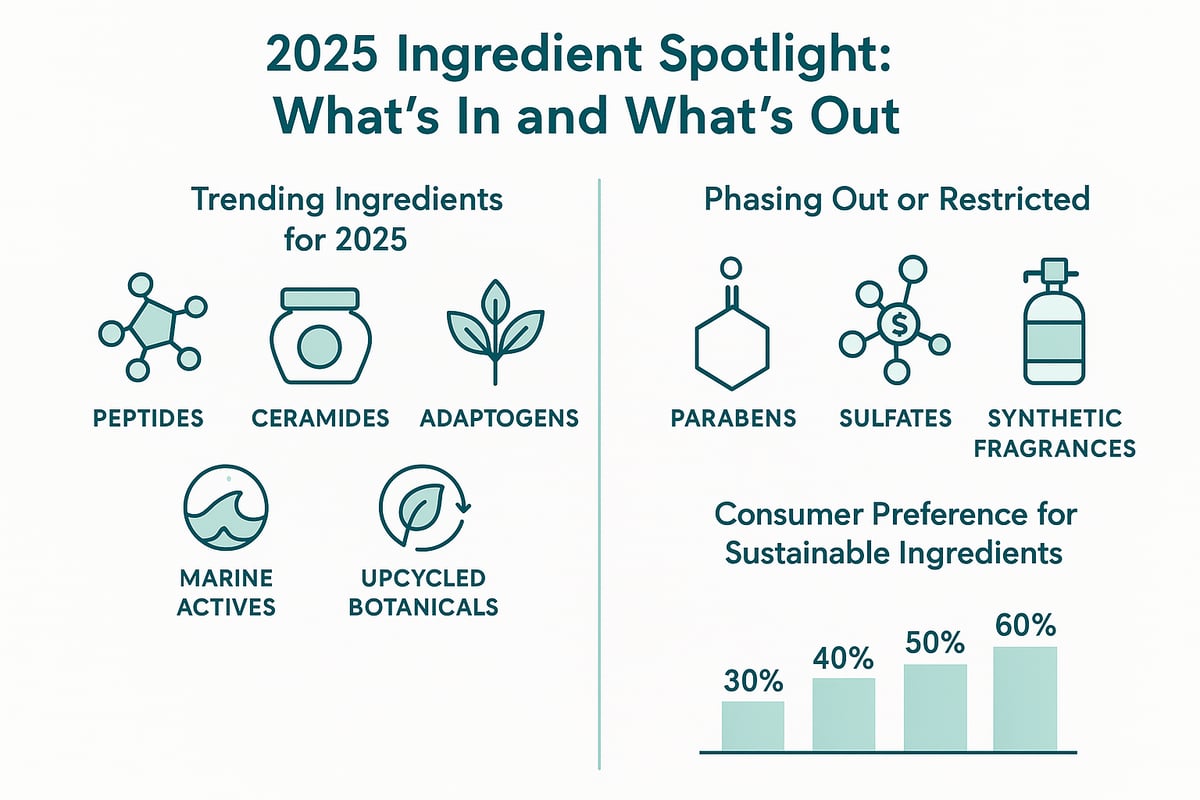
Trending Ingredients for 2025
In 2025, ingredient innovation is reshaping every cosmetic range. Brands are spotlighting peptides and ceramides for barrier repair, while postbiotics are emerging as essentials for skin health. Adaptogens like ashwagandha and fermented botanicals are prized for resilience and soothing properties.
Marine actives, including blue algae and snow mushroom, are gaining traction for their antioxidant power and hydration. These novel additions are not just trends; they reflect a shift toward performance and wellness in the cosmetic range.
Key trends:
- Peptides and ceramides for barrier support
- Postbiotics for microbiome balance
- Adaptogens and fermented botanicals for resilience
- Snow mushroom and blue algae for hydration and antioxidants
Adding these ingredients can elevate your cosmetic range, ensuring your routine is both effective and forward-thinking.
Ingredients to Avoid or Use with Caution
As the cosmetic range evolves, so does ingredient scrutiny. Microplastics are being phased out of exfoliants due to environmental concerns. Regulatory bodies have tightened controls on parabens, phthalates, and formaldehyde donors, reflecting consumer demand for safer options.
Controversial ingredients to avoid or limit in your cosmetic range include:
- Microplastics (banned in many exfoliating products)
- Certain parabens and phthalates (linked to health risks)
- Formaldehyde-releasing preservatives
Always check for regulatory updates, especially if you source products globally. Staying informed protects both your skin and the integrity of your cosmetic range.
Decoding Ingredient Labels
Understanding ingredient labels is vital for choosing the right cosmetic range. INCI (International Nomenclature of Cosmetic Ingredients) provides standardized names, making it easier to compare products.
Tips for label literacy:
- Look for clear INCI names and avoid vague terms
- Watch for hidden irritants like certain alcohols or colorants
- Distinguish between “fragrance-free” (no scent added) and “unscented” (may mask odors with chemicals)
A well-informed approach helps you avoid allergens and irritants, leading to a safer, more effective cosmetic range. Reading labels with a critical eye is a skill every beauty enthusiast should master.
The Rise of Sustainable and Ethical Ingredients
Sustainability is shaping the future of the cosmetic range. Upcycled, biodegradable, and fair-trade actives are becoming staples as consumers seek products that are kind to both skin and planet. According to Mintel, 64% of shoppers want sustainably sourced ingredients.
Brands are innovating with eco-friendly sourcing and transparent supply chains. For a deeper dive into these ingredient innovations, explore Sustainable Ingredient Insights.
By prioritizing ethical ingredients, your cosmetic range can reflect both your values and the latest industry standards. This conscious approach not only benefits your skin but also contributes to positive change across the beauty sector.
Sustainability and Ethical Practices in Cosmetics
Future-proofing your cosmetic range means looking beyond trends to ensure your choices align with ethical and environmental values. In 2025, sustainability is not just a buzzword but a core expectation for brands and consumers alike. This section explores how eco-friendly innovations, responsible sourcing, and consumer-driven accountability are shaping the next generation of beauty products and routines.
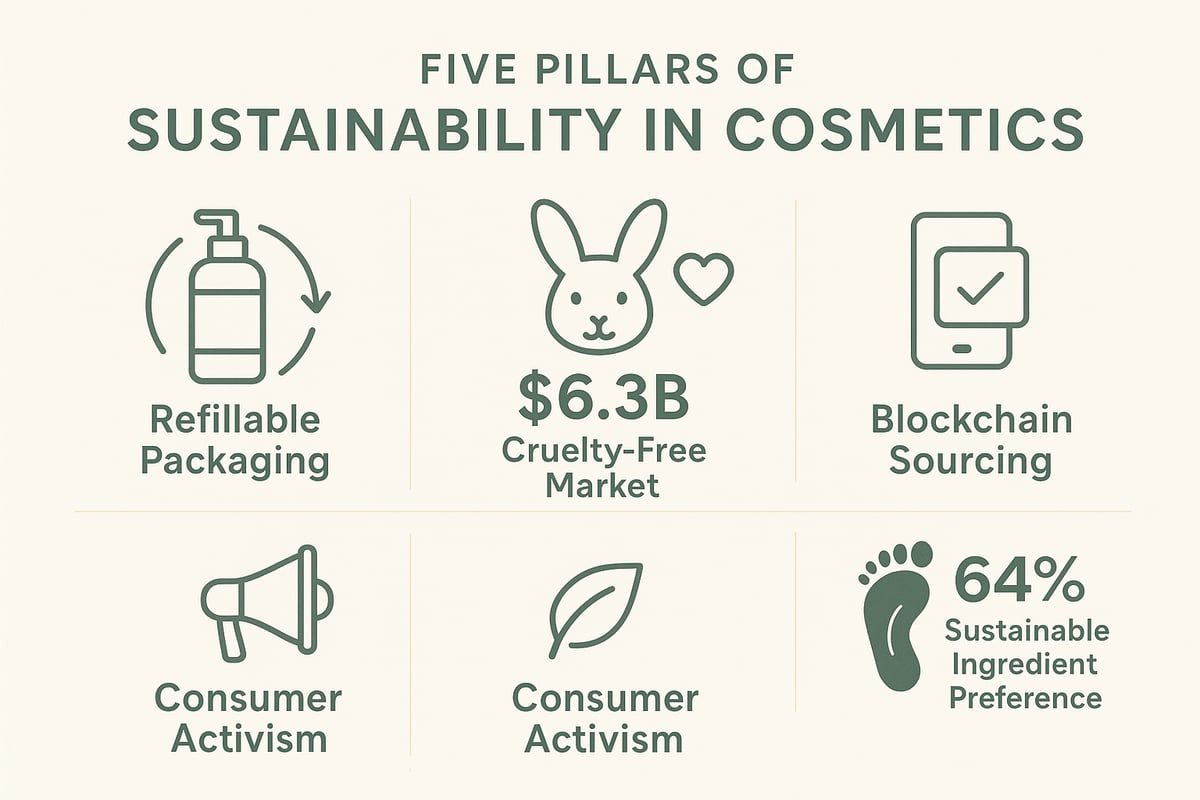
Eco-Friendly Packaging and Waste Reduction
Eco-conscious packaging is becoming a defining feature of a responsible cosmetic range. Brands are moving to refillable systems, recyclable materials, and compostable alternatives to minimize environmental impact.
- Glass and aluminum containers for easy recycling
- Refillable compacts and bottles
- Biodegradable pouches and paperboard tubes
Some brands are leading the way by using ocean-bound plastic for their packaging, reducing landfill waste and supporting cleaner oceans. The global cosmetic packaging market is projected to surpass $50 billion by 2030 as consumer demand for sustainable packaging grows, according to the Cosmetic packaging market forecast. These changes are essential for anyone aiming to build a future-ready cosmetic range.
Cruelty-Free and Vegan Formulations
Choosing cruelty-free and vegan products is now a key consideration for many building a conscious cosmetic range. Certifications like Leaping Bunny and Vegan Society give shoppers confidence that products are not tested on animals and do not contain animal-derived ingredients.
The cruelty-free cosmetics market reached $6.3 billion in 2024, reflecting consumers’ growing commitment to ethical beauty. Vegan formulations are also expanding, offering more options without compromising on performance. Prioritizing these labels ensures your cosmetic range aligns with modern ethical standards.
Transparency and Traceability in Sourcing
Modern consumers expect full transparency about what goes into their cosmetic range. Brands are leveraging blockchain and digital tools to track ingredient origins, ensuring ethical sourcing and fair labor practices.
QR codes on packaging now link directly to sourcing details, empowering you to verify the journey of each ingredient. This level of traceability builds trust and helps you select a cosmetic range that reflects your values. When brands are open about their supply chain, it becomes easier for consumers to make informed, responsible choices.
Consumer Activism and Brand Accountability
Consumer activism is reshaping the standards for every cosmetic range. Shoppers demand more than marketing promises, holding brands accountable through social media campaigns and organized boycotts.
Brands that prioritize social responsibility and ethical labor practices stand out in a crowded market. Case studies show that consumer-led boycotts can have a measurable impact on brand reputation and sales. By supporting transparent, ethical brands, you contribute to a positive shift across the entire cosmetic range landscape.
Measuring and Reducing Your Beauty Carbon Footprint
Assessing the carbon footprint of your cosmetic range is vital for sustainable beauty. Online tools and calculators can help you determine the environmental impact of your favorite products.
Tips for minimizing your footprint include:
- Choosing multi-use products to reduce waste
- Opting for brands with eco-friendly shipping practices
- Properly recycling or disposing of packaging
Being mindful of your choices ensures your cosmetic range supports both personal beauty goals and planetary health.
How to Choose the Right Products for Your Needs
Selecting the ideal cosmetic range is easier when you break the process into actionable steps. The right products should meet your unique needs, provide proven benefits, and fit your budget and values. Use this guide to navigate the modern beauty landscape confidently.
Assessing Your Skin, Hair, and Lifestyle Requirements
Start by evaluating your skin type, hair needs, and daily environment. Are you dealing with dryness, oiliness, or sensitivity? Consider external factors like climate and pollution, as these can affect how your cosmetic range performs. For example, city dwellers may require more protection against urban pollution, while rural residents might prioritize hydration. Matching your lifestyle and genetics with your cosmetic range ensures each product works harmoniously within your routine.
- Identify primary skin or hair concerns
- Note any allergies or sensitivities
- Adjust for age and environmental changes
A personalized approach results in a more effective and enjoyable cosmetic range.
Understanding Product Labels and Certifications
Navigating labels is crucial to building a safe and trustworthy cosmetic range. Look for terms such as "organic," "natural," or "dermatologist-tested," but remember that regulations for these claims can vary by region. Certifications from organizations like Leaping Bunny or the Vegan Society add credibility.
| Label/Claim | What It Means | Trusted Certification? |
|---|---|---|
| Organic | Grown w/o pesticides | USDA Organic, COSMOS |
| Cruelty-Free | No animal testing | Leaping Bunny |
| Dermatologist-Tested | Tested by experts | Varies |
Always check for allergy information and patch test new additions to your cosmetic range. If you want to stay ahead of product innovations, explore the Latest Cosmetic Product Innovations for new launches and trends.
Evaluating Product Performance and Safety
Before introducing a product into your cosmetic range, review its performance and safety credentials. Examine clinical trial data, ingredient lists, and consumer reviews. Patch testing is essential, especially for potent actives or new brands. A simple protocol: apply a small amount on your forearm and monitor for 24 hours.
- Look for third-party testing and certifications
- Check for transparent ingredient lists
- Read unbiased consumer feedback
Prioritizing safety helps you build a reliable cosmetic range that supports long-term skin and hair health.
Budgeting and Prioritizing Purchases
A strategic approach to budgeting maximizes your cosmetic range's value. Decide which products deserve a splurge, such as potent serums or actives, and where you can save, like cleansers or basic tools.
- Splurge: Serums, actives, SPF
- Save: Cleansers, basic moisturizers, brushes
- Set a monthly or seasonal budget
With 45% of consumers planning to increase their skincare spending in 2025, thoughtful budgeting ensures your cosmetic range remains both effective and affordable.
Staying Informed on Recalls and Product Safety Alerts
Product recalls and safety alerts can impact your cosmetic range unexpectedly. To stay informed, regularly consult regulatory agency websites and recall databases. New ingredient regulations, such as those outlined in Cosmetic ingredient regulations 2025, help you avoid restricted or harmful components.
- Subscribe to safety alert newsletters
- Bookmark official regulatory sites
- Review updates before restocking your cosmetic range
Staying vigilant helps maintain the integrity and safety of your entire cosmetic range.
Future Trends and Innovations to Watch
The beauty world is on the verge of transformation in 2025, with new technologies and evolving consumer expectations reshaping every cosmetic range. From AI-driven personalization to lab-grown actives and digital shopping, brands are racing to meet the needs of a diverse and informed audience. Let’s explore the most compelling trends and innovations set to redefine your cosmetic range and the entire industry.
AI and Personalization in Cosmetics
AI is revolutionizing how consumers interact with their cosmetic range. Skin analysis apps now provide tailored product recommendations based on real-time data and even genetic profiling. Brands are leveraging AI to create personalized formulas, ensuring every user finds the right fit for their unique skin needs. This shift toward bespoke beauty is quickly becoming a standard expectation, especially among digital-native shoppers.
Smart algorithms also power virtual consultations, helping users navigate the overwhelming variety in today’s cosmetic range. As highlighted in the Beauty industry digital transformation, digital tools now streamline product development and enhance consumer trust. Expect further advancements as AI integrates deeper into both at-home routines and retail experiences.
The Rise of Smart Beauty Devices
Smart beauty devices are taking center stage in every modern cosmetic range. These tools, from handheld skin analyzers to app-connected facial massagers, deliver professional-grade results at home. The market for smart devices is expected to reach $8.5 billion by 2025, reflecting their growing influence.
What makes these devices so valuable is their ability to monitor skin health, optimize product application, and even track progress over time. Many cosmetic range brands now bundle devices with their products, offering consumers a holistic approach to beauty. This integration ensures more precise, data-driven routines that adapt as your skin changes.
Biotechnology and Lab-Grown Ingredients
Biotechnology is reshaping ingredient sourcing, making cosmetic range options more sustainable and ethical. Lab-cultured collagen, vegan squalane, and bio-identical actives are replacing traditional animal or environmentally taxing ingredients. These innovations not only reduce environmental impact but also improve product consistency and safety.
Lab-grown ingredients often come with enhanced purity profiles, minimizing the risk of allergens. Cosmetic range developers are turning to biotech to meet rising demand for clean, effective, and ethical formulations. As a result, consumers benefit from a broader selection of high-performance products.
Virtual Try-On and Augmented Reality Shopping
Augmented reality is changing the way consumers shop for a new cosmetic range. Virtual try-on apps let users experiment with makeup shades and finishes in real time, using only their smartphones. This technology helps bridge the gap between digital browsing and real-world results, making online shopping much more interactive.
Brands are reporting higher conversion rates thanks to these tools, as consumers feel more confident in their selections. Digital try-on also reduces return rates, supporting a more sustainable approach within the cosmetic range market. As AR becomes more sophisticated, expect even more immersive shopping experiences.
Inclusive Beauty: Expanding Shade Ranges and Representation
Inclusivity remains a top priority for the modern cosmetic range. Brands are expanding foundation and concealer shades, ensuring options for every skin tone and undertone. This movement is driven by a diverse consumer base that demands visibility and representation.
According to the Global beauty industry outlook 2025, 54 percent of beauty buyers consider inclusivity when choosing brands. This trend influences product development, marketing, and even retail displays. As inclusivity becomes the norm, companies that prioritize it will see stronger loyalty and broader appeal within their cosmetic range offerings.
The Integration of Wellness and Beauty
The boundary between wellness and the cosmetic range is blurring. Consumers are seeking products that address not only external beauty but also internal health. Beauty supplements, ingestible skincare, and stress-relief formulas are now part of many routines.
This holistic approach reflects a desire for comprehensive self-care. Brands are responding with hybrid products that support sleep, mood, and resilience alongside traditional skincare. The cosmetic range of the future will continue to merge wellness benefits with effective topical solutions.
Regulatory Trends and the Future of Clean Beauty
Regulatory changes are shaping what goes into every cosmetic range. New standards are emerging for ingredient safety, sustainability, and transparency. Clean beauty, once a niche, is now mainstream as consumers demand safer products and clearer labeling.
Anticipated regulations will require brands to reformulate and provide more information about sourcing and testing. This shift is expected to boost consumer trust and set new benchmarks for quality. Staying informed about these changes is vital for anyone building or updating their cosmetic range.
As we’ve explored the cutting edge of cosmetics for 2025—from breakthrough ingredients to sustainable practices and industry trends—you now have the insight to make confident choices for your beauty routine or brand. Whether you’re refining your personal regimen or planning to innovate in a competitive market, having a comprehensive guide at your fingertips is invaluable. If you’re ready to take your next step with clarity and inspiration, I encourage you to Download Your Free E-Book and unlock expert strategies for building a standout cosmetic range.
